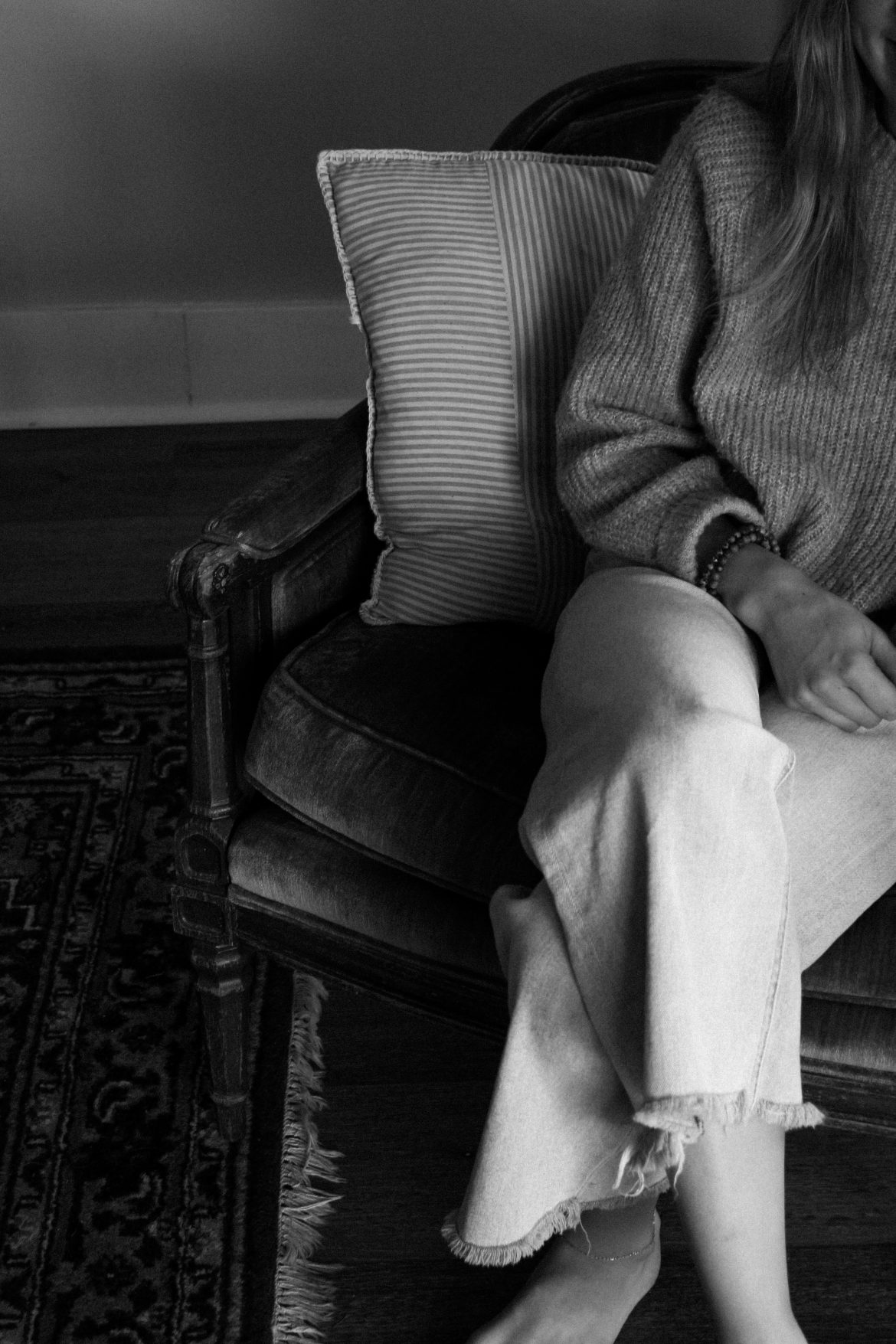Have you noticed your mood shifting along with the seasons? For some, this change is more than just a passing slump. Seasonal Affective Disorder, often abbreviated as S.A.D (we love an ironic abbreviation), is a real mental health condition that can affect how we think, feel, and function, typically during the colder months.
Whether you’ve been diagnosed or simply feel off when the seasons change, understanding S.A.D can bring clarity, comfort, and guidance toward healing.
What is S.A.D?
S.A.D is a form of depression that typically begins in winter and goes away during the sunnier spring and summer months. While its exact causes aren’t fully understood, it’s believed that the decrease in sunlight affects the body’s internal clock (circadian rhythm), serotonin levels (which influence mood), and melatonin levels (which affect sleep).
Some people may experience a lesser form of S.A.D — sometimes called subsyndromal S.A.D (S-SAD) or simply “winter blues” — where the symptoms are milder but still disruptive to daily life.
Signs & symptoms of S.A.D
While symptoms can vary in intensity, here are some common ones to look out for:
- Persistent low mood or sadness
- Loss of interest or pleasure in activities once enjoyed
- Low energy or fatigue, even after a full night’s sleep
- Oversleeping or changes in sleep patterns
- Craving carbohydrates and resulting weight gain
- Difficulty concentrating
- Feeling hopeless, worthless, or guilty
- Irritability or anxiety
- Social withdrawal — wanting to “hibernate” and isolate
You don’t need a diagnosis to validate your feelings. Many people experience a subtle dip in energy, focus, or motivation as the days get shorter. It’s ok to notice somethings off and still seek support or make changes.
What it feels like — even without a diagnosis
Even if you don’t meet the clinical criteria for S.A.D, you might feel a slow fog settling over your mind as the daylight dwindles, a desire to sleep more, yet still feel unrested or a constant longing for warmth and light.
You might feel low motivation to socialize, exercise, or do anything “productive” and a subtle heaviness in your chest that feels like sadness without a cause.
This can be extremely difficult because there is an odd sense of disconnection from the joyful version of yourself.
These feelings are valid and real. Acknowledging them is the first step toward supporting yourself through seasonal transitions.
Wholesome tools for managing S.A.D
The good news? There are nurturing, effective ways to manage the symptoms of S.A.D and bring light into the darker months — emotionally and physically.
1. Light therapy (Phototherapy)
Using a light box that mimics natural sunlight can help regulate your body’s internal clock and improve mood. Sit near it for about 20–30 minutes each morning during the fall and winter months.
2. Get outside when possible
Even on overcast days, natural light can make a difference. A short walk in the morning light can help reset your circadian rhythm and boost serotonin levels.
3. Stick to a routine
Maintaining a consistent sleep schedule and daily rhythm can help stabilize your mood. Try waking up and going to bed at the same time every day.
4. Move your body
Exercise releases feel-good endorphins and helps combat fatigue. Even gentle movement — yoga, walking, dancing — can improve energy and mood.
5. Nourish yourself
It’s common to crave carbs during colder months, but aim for balanced meals that support mental health. Prioritize protein, healthy fats, whole grains, and foods rich in omega-3s, B vitamins, and magnesium.
6. Talk it out
Whether with a friend, family member, or therapist, talking about your feelings can lighten the load. Therapy, especially cognitive-behavioral therapy (CBT), can be highly effective for managing S.A.D.
7. Supplements (with care)
Some find relief through vitamin D supplements — especially in places with limited winter sunlight. Always consult with a healthcare provider before adding new supplements.
8. Create a cozy, uplifting environment
Surround yourself with warmth, light, and comfort. Light candles, play soft music, add fairy lights or warm-toned lamps, use uplifting scents like citrus or peppermint, and create moments of joy with small rituals — tea time, journaling, bubble baths.
You are not alone
Whether you’re officially diagnosed or just feeling “off,” seasonal shifts affect more of us than we realize. Be gentle with yourself. It’s not laziness or lack of motivation — it’s your body and mind responding to real changes in the environment.
Healing doesn’t always mean curing. Sometimes, it means listening, nurturing, and adjusting.
You are allowed to rest. You are allowed to slow down. And you are allowed to seek light — in every sense of the word.
S.A.D may feel like a heavy, silent companion during certain times of the year, but it doesn’t define you. With awareness, kindness, and the right tools, you can guide yourself toward brighter days — no matter what season you’re in.
ALSO SEE:
Feature Image: Dupe Photos

